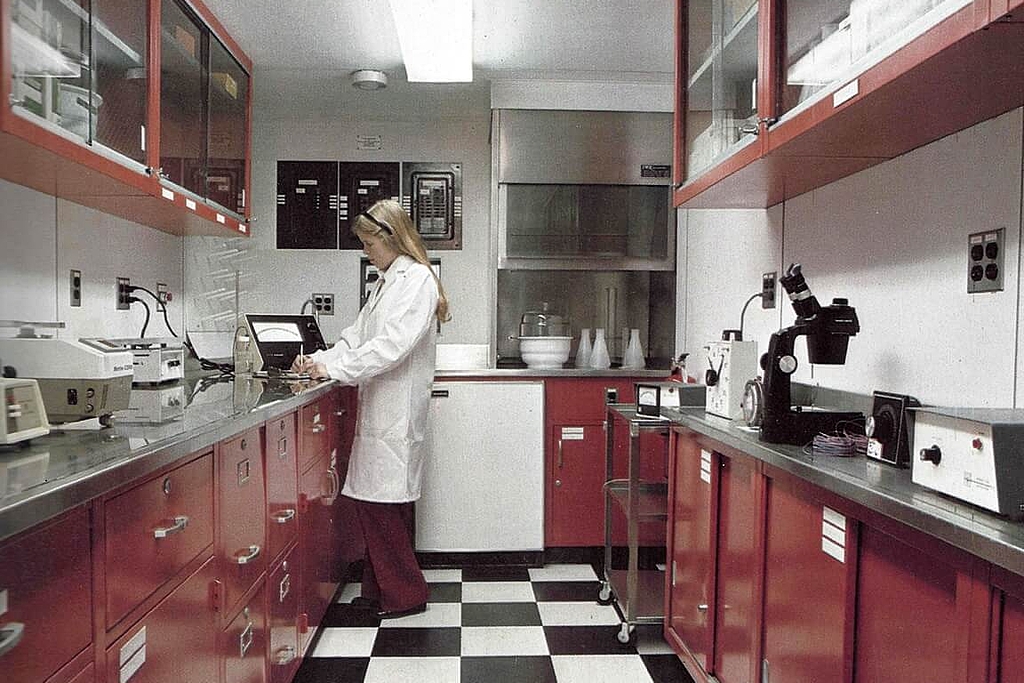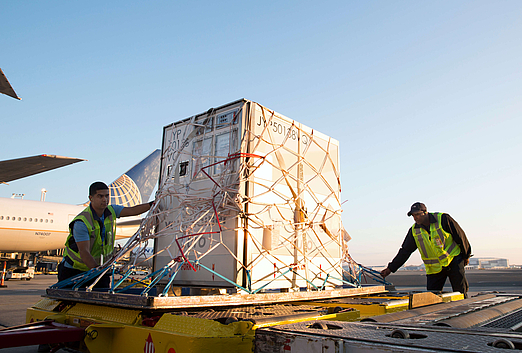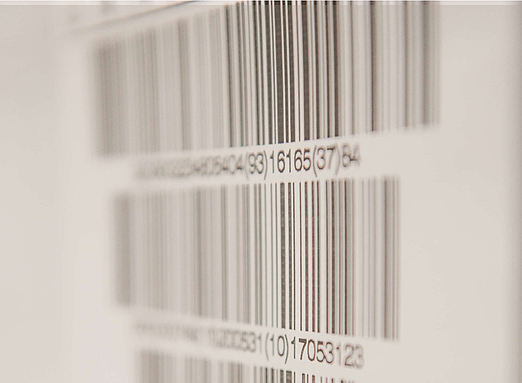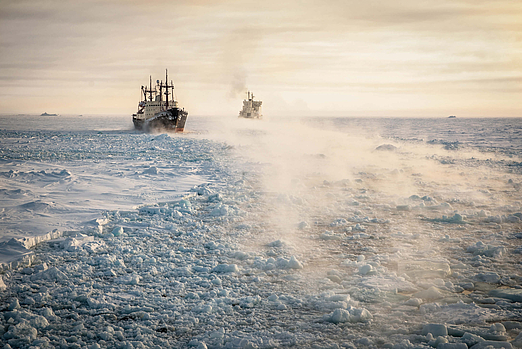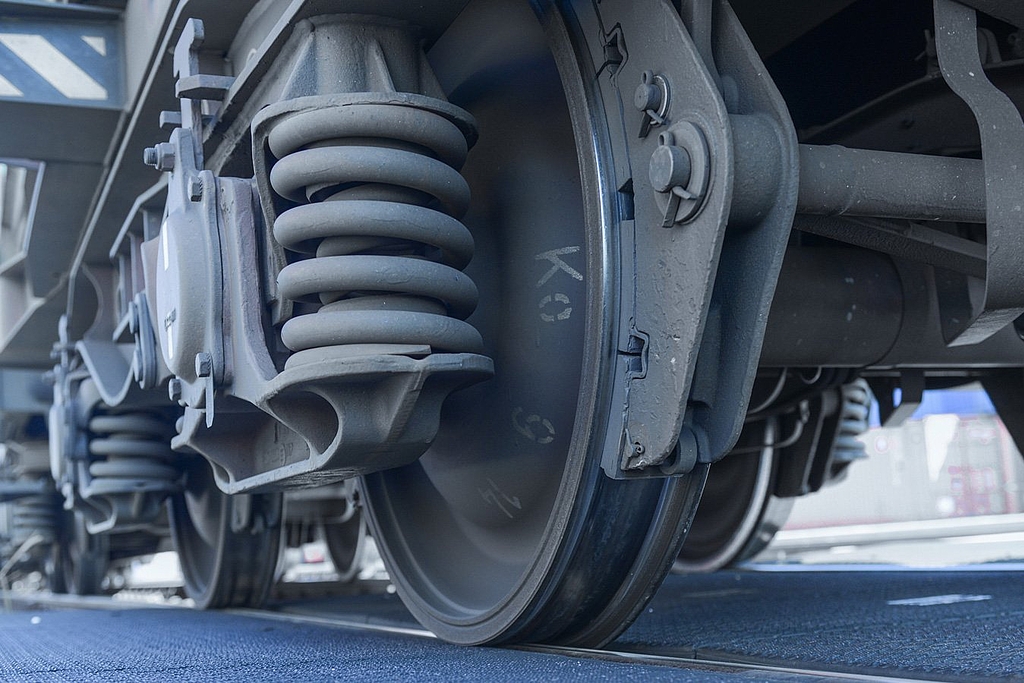How a young researcher revolutionized cool chain logistics
Keeping It Cool
Fresh, unadulterated and – ideally – sustainably produced: that is how we expect our food to reach our table. The transport of perishable goods, especially of foods such as fruit, vegetables, fish and meat, requires special know-how and reliable process quality. Find out more about a young woman who voluntarily lived in a container to save coffee beans.

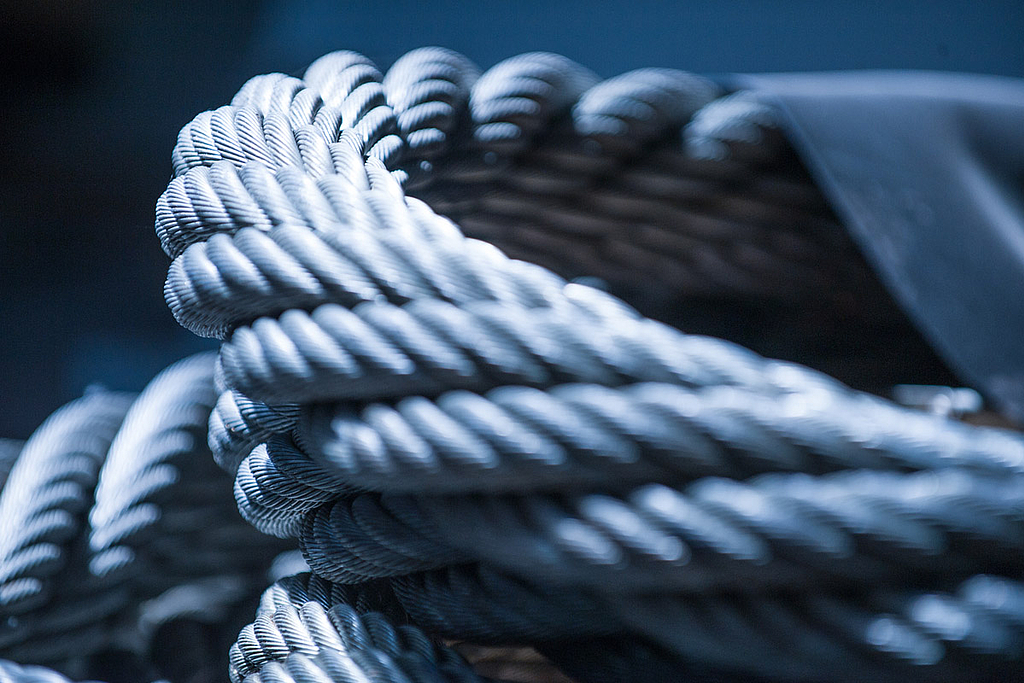
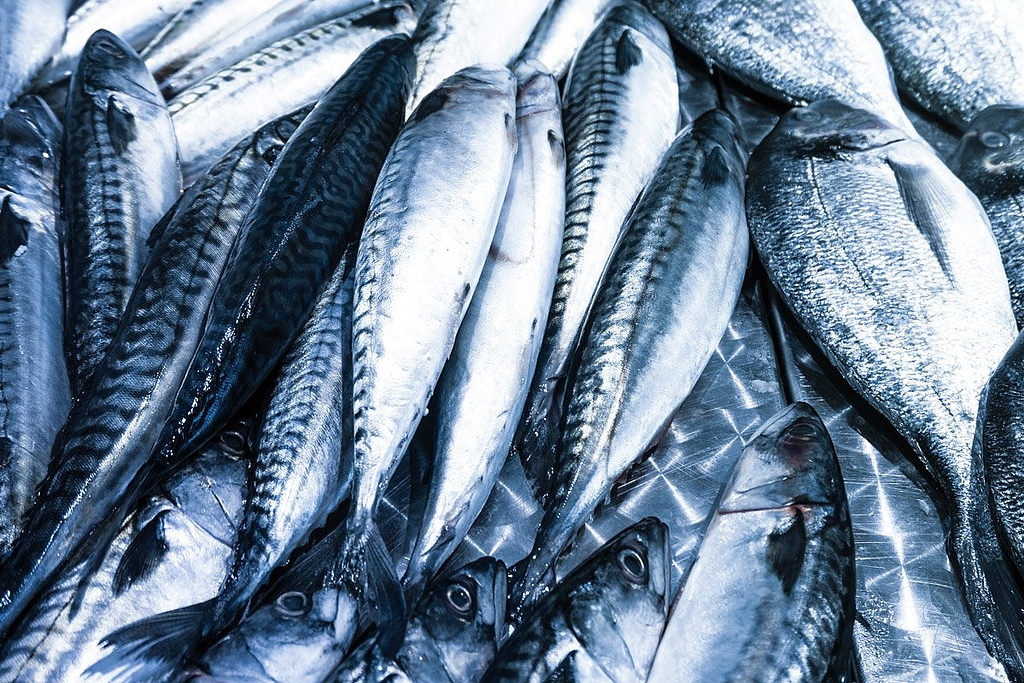
Temperature-Controlled - for temperature-sensitive goods
We offer a range of ocean freight solutions for the transport of chilled and frozen cargo from and to anywhere in the world. Our reefer sea cargo experts provide an unbroken cold chain from door to door for your temperature-sensitive goods.
Find out more
